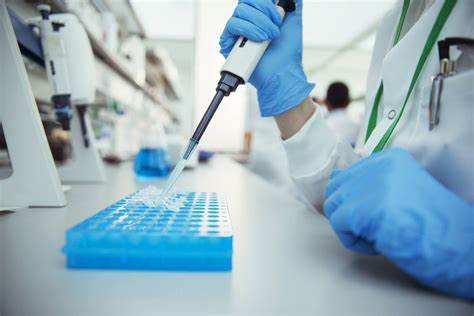
Single-use technologies have gained universal acceptance reflecting a paradigm shift in vaccine manufacturing
Single-use technologies are a particularly smart way of manufacturing vaccines during a pandemic, when there is urgency to manufacture more in a short time. The combination of portable facilities and disposable technologies that can be deployed rapidly enable developing countries to maximize vaccine manufacturing capacity and eliminate dependence on foreign exporters during times of need.
Global manufacturing equipment providers are boosting their single-use technology portfolio to enhance reach in developing countries. Equipment providers believe that single-use devices are ideal for vaccine manufacturing as they require no cleaning validation, reducing contamination risk. It further allows flexibility of manufacturing vaccines in small or large amounts. Furthermore, single-use technology maximizes facility use by allowing multiple products to be made in a single suite without downtime between products.
Vaccine manufacturing company Novavax is using single-use bioreactor systems that cut down the need for large central facilities to drive low cost goods. According to Novavax, smaller facilities can be built and operated economically and can be distributed in different regions to ensure local supply of influenza vaccine.
Over the years, single-use technologies have gained universal acceptance reflecting a paradigm shift in vaccine manufacturing. There is wider adoption of single-use technologies and international manufacturing giants are fast rolling out their products to woo customers.
"Single-use technology increases filling capacity. It takes less than six months to commission the equipment and allows zero contamination. Also, set up time is reduced from 12 hours to one hour and filling time is reduced from 36 hours to 12 hours, enabling a significant drop in the usage of energy. Improvement in equipment utilization is 82 percent against 35 percent, and provides a strong throughput benefit in multi-product facilities. With single-use equipment, a facility can be configured for a new manufacturing process quickly, within two to three months," says Mr George Adams, vaccine program manager, Merck Millipore.
Pall Life Sciences is one of the pioneers of single-use technology. "Pall's Allegro single-use platform provides single-use processing solutions, technical support and validation services. With consistent material of construction, the small- to large-scale single-use systems are ideal for scaling up or scaling down processes, and incorporating technologies such as biocontainers, sterile connectors, sterile filtration, virus filtration, chromatography and tangential flow filtration. The philosophy of single-use is now an integral part of the industry and is changing the way in which manufacturers look at their production processes," says Mr Stefan Egli, president, Pall Life Sciences Asia, Singapore.
GE Healthcare has gained capacity to build low-cost, flexible, good manufacturing practices vaccine-manufacturing facility with easy-to-operate, single-use bioprocessing technologies equipped to grow cell lines up to 1,000 liters.
Xcellerex, a supplier of innovative manufacturing technologies for the fast-growing biopharmaceutical industry, has recently introduced XDR-10 single-use bioreactor designed for bench top use. The XDR-10 allows scale-up to full production and is ideal for GMP clinical and commercial manufacturing of biotherapeutics, vaccines, and other biologics. Similarly, Merck Millipore has introduced Mobius CellReady 50 L bioreactor that extends the company's portfolio of single-use processing systems from cell culture to ultrafiltration and diafiltration. The innovative Mobius SensorReady technology offers flexibility to configure process monitoring at the point of use, reducing the need to customize bioreactor process containers and enables easy integration of new sensor technologies.




